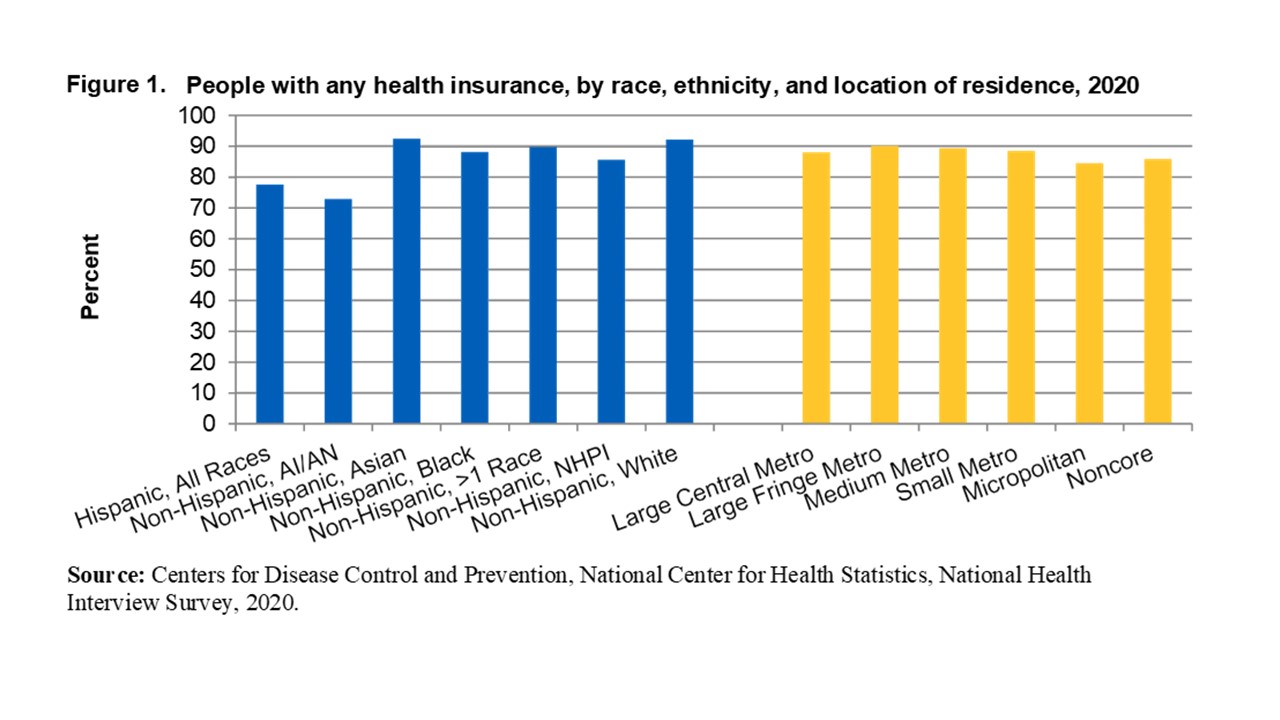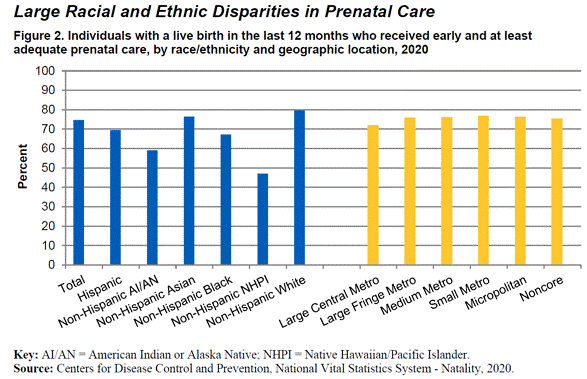Burning Questions

Aug
Five Ways AI Can Help Telecom Companies Improve Their Marketing
jerry9789 0 comments artificial intelligence, Burning Questions
By moving away from business-driven marketing towards customer-centric, data-driven, and highly customized efforts, companies like telecom operators can thrive in these rapidly changing times. Here are five examples of how telecom companies can benefit from utilizing Artificial Intelligence in their marketing:
1. Increase in Product Marketing
With the millions of customer data they’ve collected, telcos can leverage AI to create targeted marketing campaigns via text, email, online ads, etc. This helps them gain a more real-time picture of their users’ experiences, thanks to sharper insights, suggestions, and trend recognition. Critical marketing knowledge and understanding of their user base are also enhanced by incorporating machine learning apps and algorithms into their product.
2. Improved Campaign Performance
Personalization as a strategy has proven through time its helpfulness in boosting several types of marketing campaigns. Integrating AI into the mix can rapidly grow its scale and capacity.
Ad targeting becomes more efficient with AI identifying the most appropriate customers for specific ads based on secured information on buying history and user preferences.
And by also automating user journeys, marketers are able to decrease the time and costs of sales targets and conversions.
3. Addressing Customer Service Issues Better
AI allows telcos to respond quickly to customer experience concerns by gathering data and identifying where the user journey fails, fostering customer satisfaction. Various AI-powered software analyzing customer feedback also improves customer support efforts by finding more appropriate, more empathetic solutions.
Front-end customer service employees can also get holistically educated about various issues and scenarios through AI training. Here the AI takes on the role of a customer. AI training also helps businesses cut back on major labor and time costs.
4. Improved Digital Marketing and Customer Engagement
Cloud-based products offer well-integrated data insights and marketing intelligence, machine learning and analytic technologies with recommendations, multi-dimensional visualizations of complex data, and free-form user analysis.
Such products solve problems by allowing users to easily integrate disparate data sources, breaking down traditional silos and enabling insight-driven decision-making.
5. Notifications Sent at More Appropriate Times
AI is also being used to boost push campaign engagement by determining the best time of day to send notifications to consumers, preferably the time they are most open to brand interactions.
With the enormous data and complexities handled in industries, telcos must use AI in staying ahead of competitors. It’s just simpler to address problems and automate solutions, run daily operations more efficiently, and provide better customer service and satisfaction. In the long run, telcos continuing their development along this path are more likely to emerge as undisputed winners.

Apr
How healthcare people can help underserved populations
jerry9789 0 comments Brand Surveys and Testing, Brandview World, Burning Questions
There’s no shortage of knowledge about the healthcare needs of underserved communities in the US such as the Hispanic, Black, American Indian/Alaska Native, and Native Hawaiian/Pacific Islander subpopulations. What may be lacking are workable and effective efforts to address these needs.
There are two main parts of this problem:
- Communication issues
- Lack of practical programs.
Communication issues
The recently-released National Healthcare Quality and Disparities Report points out that certain racial and ethnic groups that coincide with the underserved subpopulations are the most severely uninsured. See Figure 1. (Please note that the term American Indian/Alaska Native is shortened to AI/AN, and the term Native Hawaiian/Pacific Islander is shortened to NHPI.) These disparities should not exist by definition, largely because of the availability of Medicare, Medicaid, and low-cost or no-cost insurance from state insurance exchanges. As the report points out, they exist largely due to communication and access issues. Many members of the underserved communities either have coverage but avoid seeking care or don’t know they’re eligible for coverage in the first place.
These disparities should not exist by definition, largely because of the availability of Medicare, Medicaid, and low-cost or no-cost insurance from state insurance exchanges. As the report points out, they exist largely due to communication and access issues. Many members of the underserved communities either have coverage but avoid seeking care or don’t know they’re eligible for coverage in the first place.
Avoiding treatment
Having coverage and avoiding care is a solvable problem, if healthcare organizations and the society in general have the will to do so. People in the underserved communities often miss planned appointments for certain medical purposes such as wellness exams, follow-up appointments, and scheduled appointments for priority services such as prenatal care and maternal wellness, causing them in the latter case to pay a high price in terms of maternal morbidity and neonatal health. (See “Lack of Practical Programs” below.) Some of this is due to language barriers, transportation issues, or unease in the interaction with healthcare personnel; but a great deal is due to a misunderstanding of the extent of their coverage, especially what remains due from the patient in the form of copayments, deductibles, etc.
Healthcare organizations can ease these problems by providing more and better-trained navigators as well as interpreters and translation services. They can build more outreach programs to the underserved to make them aware that in many cases they have little or nothing to pay for wellness services and planned care for medical purposes such as behavioral conditions, substance use treatment, chronic conditions, routine wellness care, and priority areas such as the above-mentioned prenatal care.
Not knowing about eligibility
The same potential remedy applies to lack of awareness of eligibility. Members of the underserved communities often don’t know that they’re eligible for coverage in the first place, and this leads to avoidance of treatment as well. More and better-trained health navigators supported by outreach programs can also go a long way toward alleviating this part of the problem.
Lack of practical programs
If communication with the underserved can be improved, it stands to reason that well-structured programs must be established to accommodate them. In other words, they have to have a place to go. Not enough imaginative or careful thought has been put into the development of these programs for underserved communities. Programs, personnel, and training are lacking in the areas of behavioral health, substance use treatment, dental care, prenatal/postpartum care, and more.
While the AHRQ report clearly identifies significant disparities in each of these areas for underserved communities, nowhere is the disparity more painful than in the area of prenatal care. See Figure 2.
The AHRQ data show that the level of care is well below acceptable levels for each of the four main underserved communities. This has unfortunately led to higher rates of maternal morbidity among these members of the underserved communities due to such conditions as eclampsia/preeclampsia, severe postpartum hemorrhage, venous thromboembolism, and other complications of pregnancy and childbirth.
While this is just one significant area of disparity in quality of care for the underserved, it appropriately points out the need for practical programs. Health care organizations can respond with energy and creativity by developing doula/monitrice services, transportation services, language/interpretive services, and structured prenatal and postpartum care services in tandem with the improved communication and health-navigator programs mentioned above. There’s also evidence that the provision of team-based, interprofessional, central location care centers can often lead to improved medical outcomes for underserved populations.
Information-gathering is an important first step
Clearly, different approaches will be required based on geographic, cultural, linguistic, and sociodemographic issues that pertain to your organization, but the journey always begins by gathering information. Cascade Strategies has a great deal of expertise and experience in helping healthcare companies assemble this knowledge, and we stand ready to assist you. Please tell us about your information needs at contact Cascade Strategies, and we’ll be pleased to serve your needs.

Mar
What if every US citizen had a dollar for every good decision made by the president and lost a dollar for every bad decision? How much would Americans have in their “Decision Account” now? What about a half-good decision? Would Americans’ Decision Account be credited for 50 cents? Clearly, the whole matter hinges on what is defined as a good or bad decision.

Mar
Responsible AI – What Causes Bias in Training Data?
jerry9789 0 comments artificial intelligence, Burning Questions
Over the past few decades, the use of AI in business has grown tremendously. By 2030, AI may generate up to $15.7 trillion in revenue to the global economy.
From process automation to sales forecast, the potential applications for AI in business are nearly limitless. But, you’ve still got to wonder, what happens when we place so much power on fairly new technology? Will it be fair or biased? Will it try to take over the world in the future? We don’t give the fear mongers much weight about AI taking over the world, but unchecked bias in AI data or models can lead to unintended negative consequences that do real harm.

Mar
Artificial Intelligence (AI) is becoming a critical component of digital marketing. AI in marketing can be particularly revelatory, often delivering valuable insights that marketers can use to develop personalized content, drive conversions, and improve customer experience. Such insights help develop effective marketing strategies, which increase Return on Investment (ROI) for AI implementations.

Mar
4 Ways Data Can Help Create Sustainable Revenue Growth
There is no question that year after year, the cost of revenue (COR) generation continues to climb. Look at publicly traded companies in nearly any sector and read the reported costs associated with sales and marketing. In almost every case, the costs of acquiring revenues continue to outpace the gross revenues generated. It costs more to make the same money. In today’s world of shifting digital and economic landscapes, tapping into data in real time and extruding insights gives executives a critical tool to stay ahead of the curve. Near real-time decision making is a necessity – not a luxury.

Feb
Data Science Team: Build or Rent?
Eric Layland 0 comments artificial intelligence, Burning Questions
Building an Efficient & Effective Data Science Team
There are numerous reasons why a company may decide to develop a data science team in their organization. The skills an in-house team brings can enable organizations to turn raw data into strategic assets. Their skills lead to better use of data assets including understanding customer behavior, error detection, automation of repetitive tasks, and overall more sophisticated decision support. A data-driven organization can benefit and gain a competitive edge.
However, building an effective and efficient data science team is not as simple as adding new hires. Before we can discuss whether to rent or build a team of experts, it’s essential to understand the roles typically needed to fully staff a data science team.
The included salary estimates do not include benefits. The figures are an average of the latest available data from Salary.com, PayScale and ZipRecruiter and reflect US labor markets.

Feb
What is Digital Transformation?
Digital transformation is the process of implementing workflows and technologies that leverage data into your business operations.
From using AI for marketing purposes to replacing paper invoices with billing apps, companies all over the world are changing their business processes, customer relations techniques, and marketing tactics.
While it may be obvious that digital transformation is unavoidable, some businesses are slow to implement it. This approach puts them behind the competition. To gain a competitive advantage in the 21st century, it’s imperative to embrace the numerous digital opportunities and integrate them with existing work processes.

Feb
Marketing AI Curious? Here’s 7 Key Questions to Ask
jerry9789 0 comments artificial intelligence, Burning Questions
Artificial Intelligence(AI) has recently been integrated into marketing and is still in its early stages. It makes automated decisions based on available data and audience observations or economic trends that impact marketing. By doing so, it enables marketers to gain more insight and understanding of their target audiences.
However, a business must comprehend how AI Marketing works and its effects before adopting it. Here are seven questions every company interested in AI Marketing should ask themselves.










